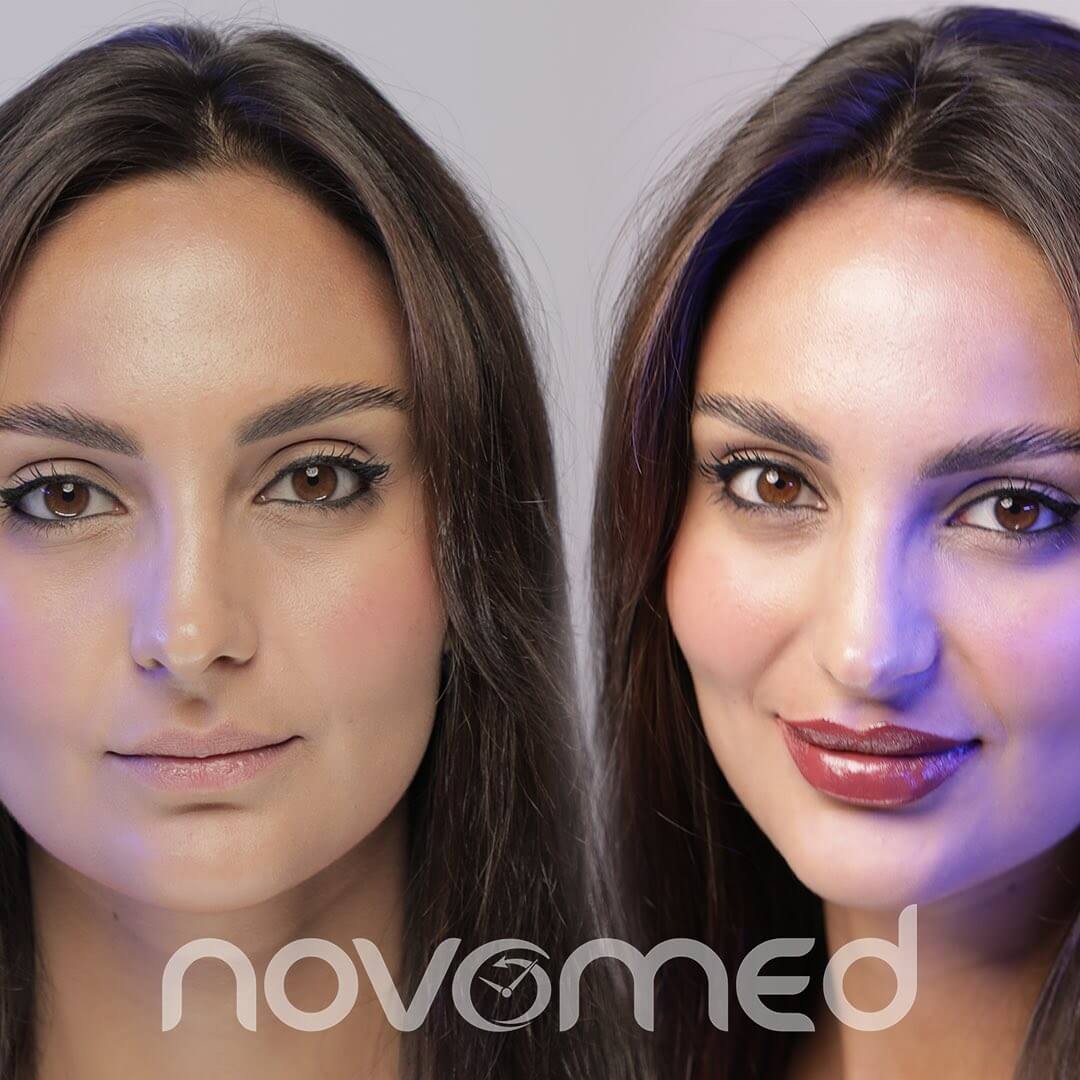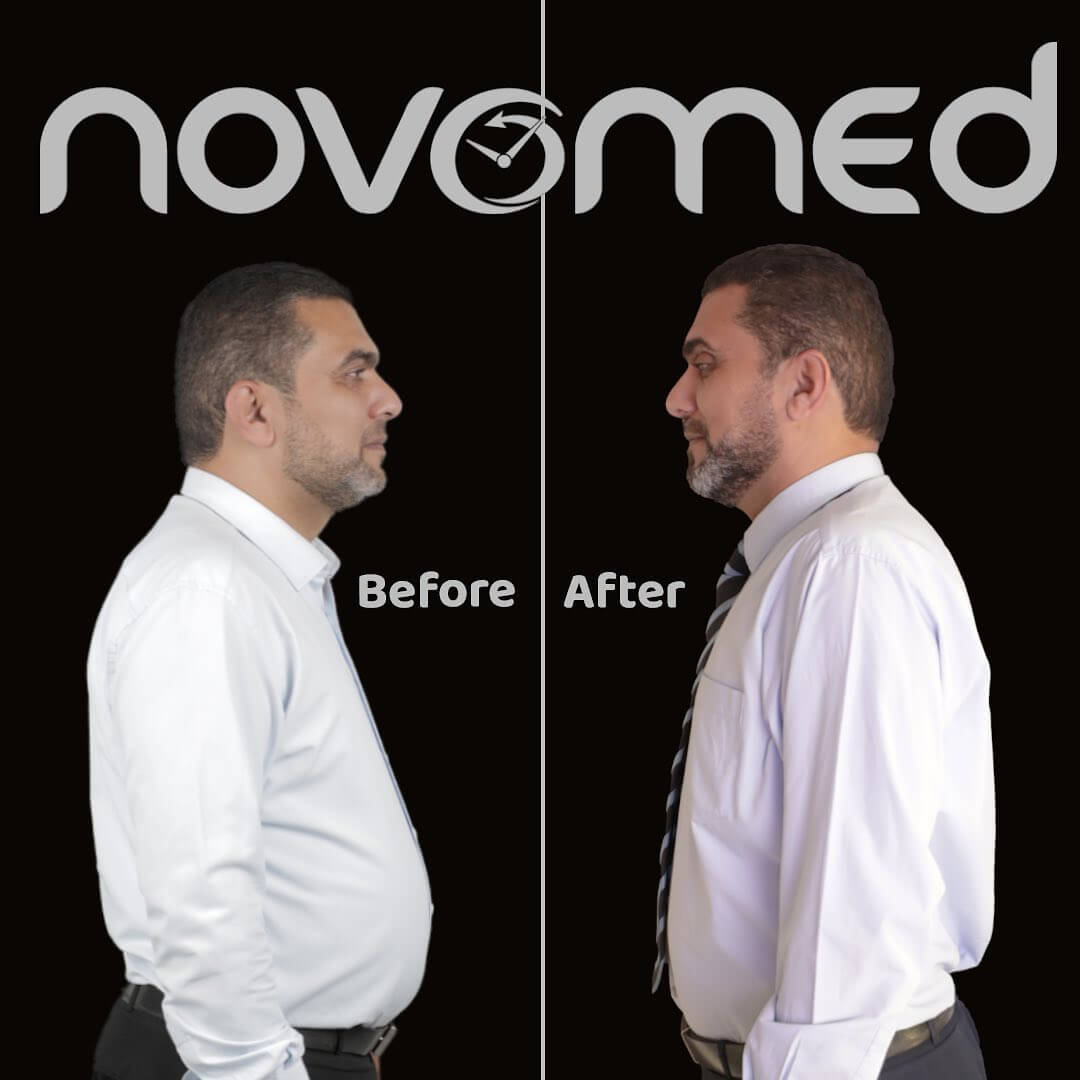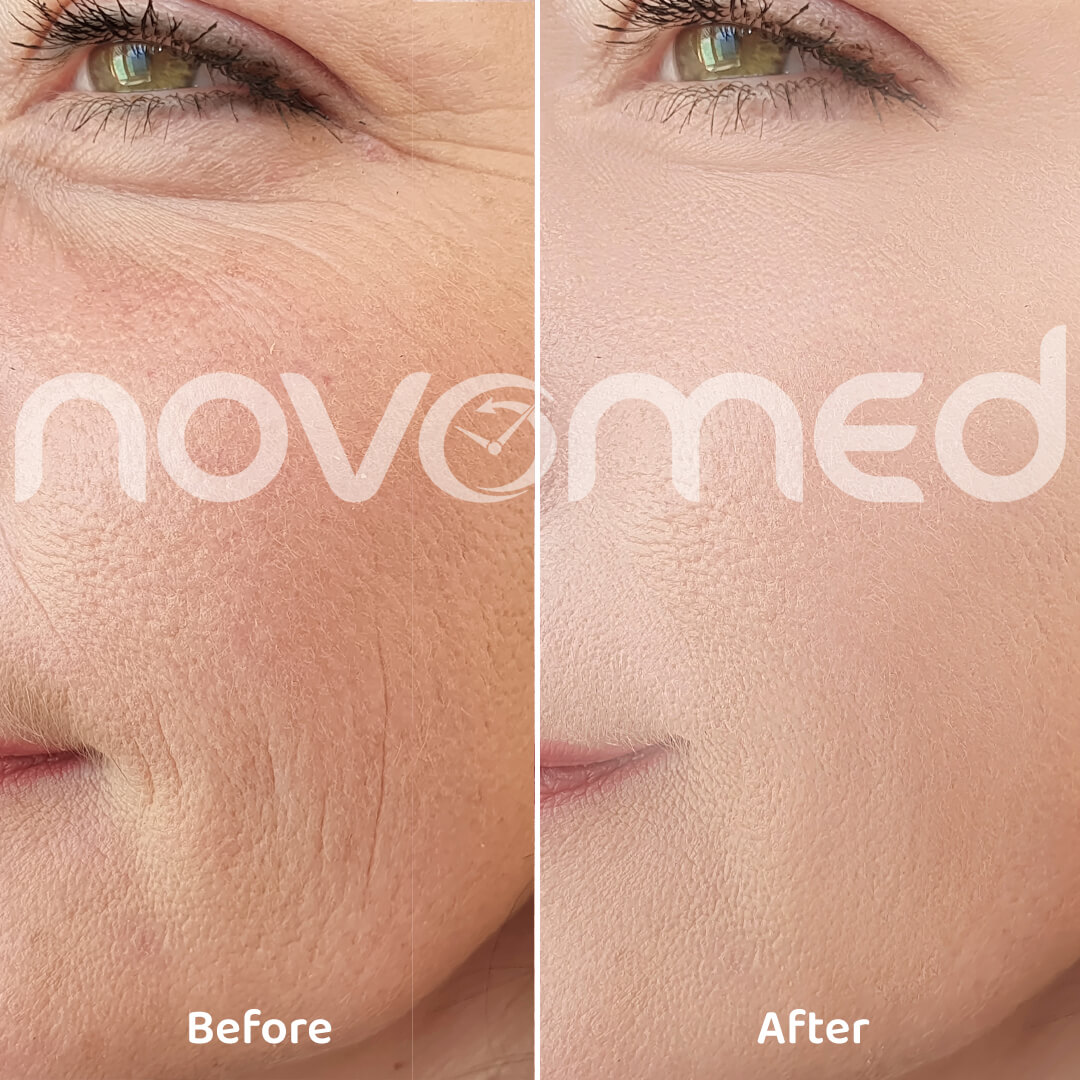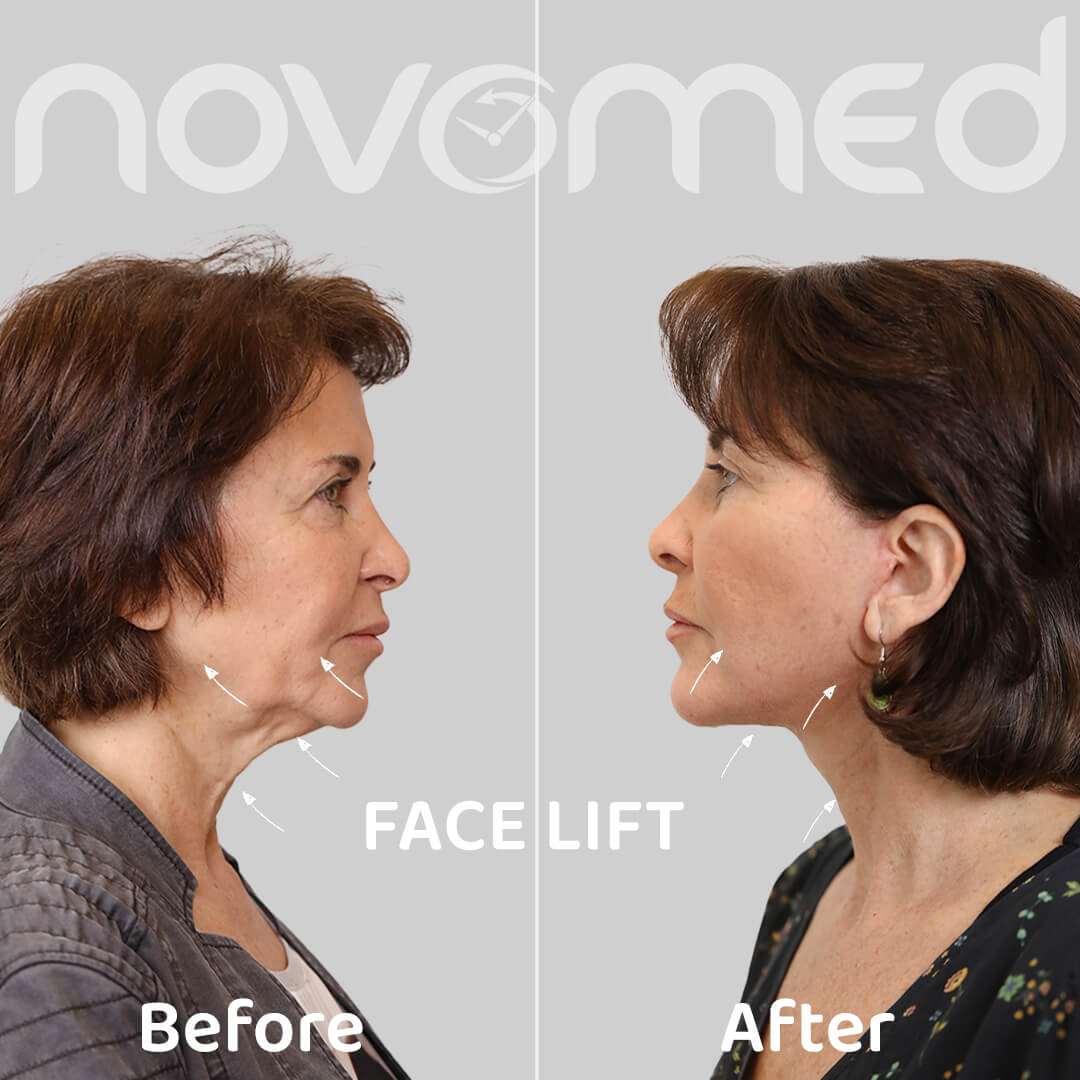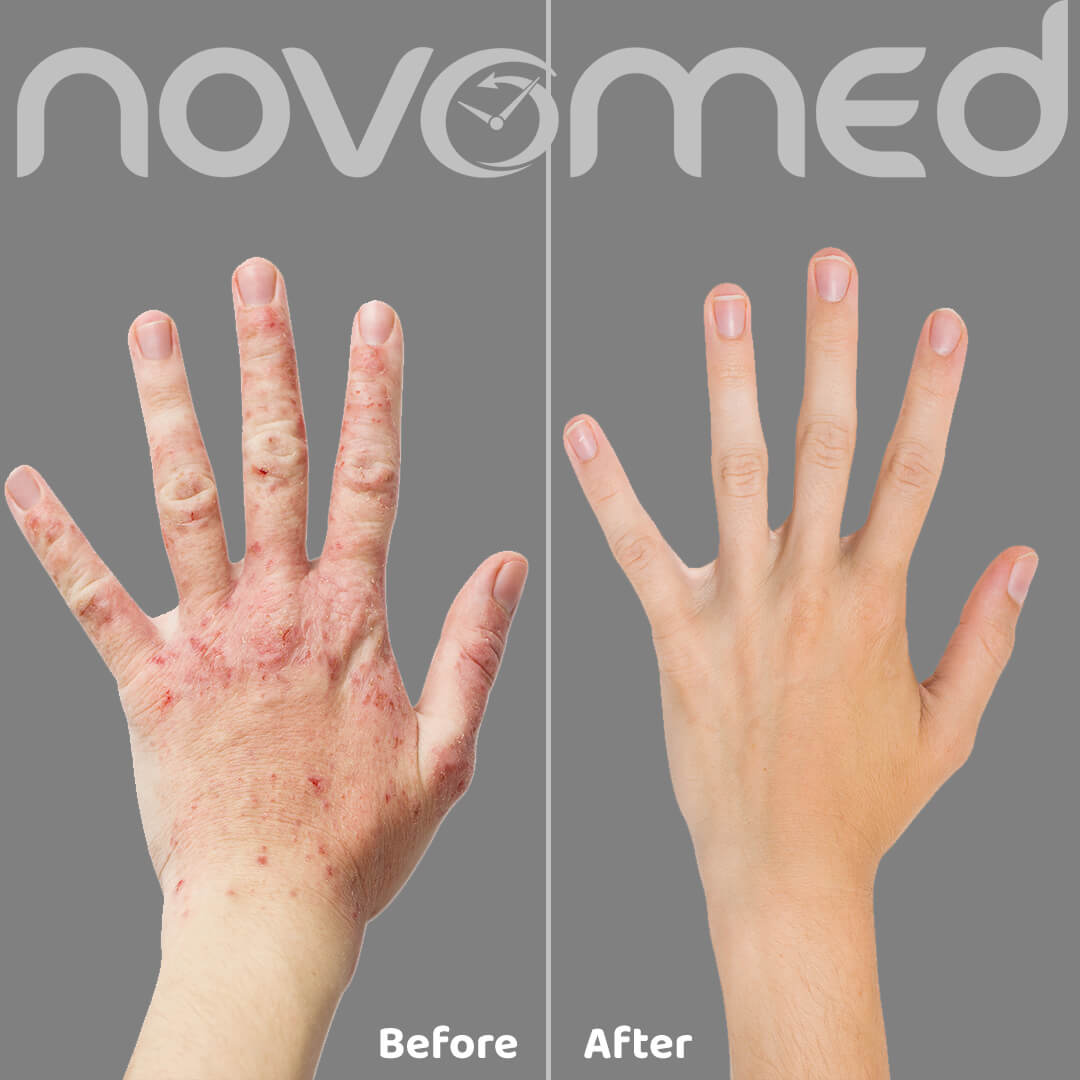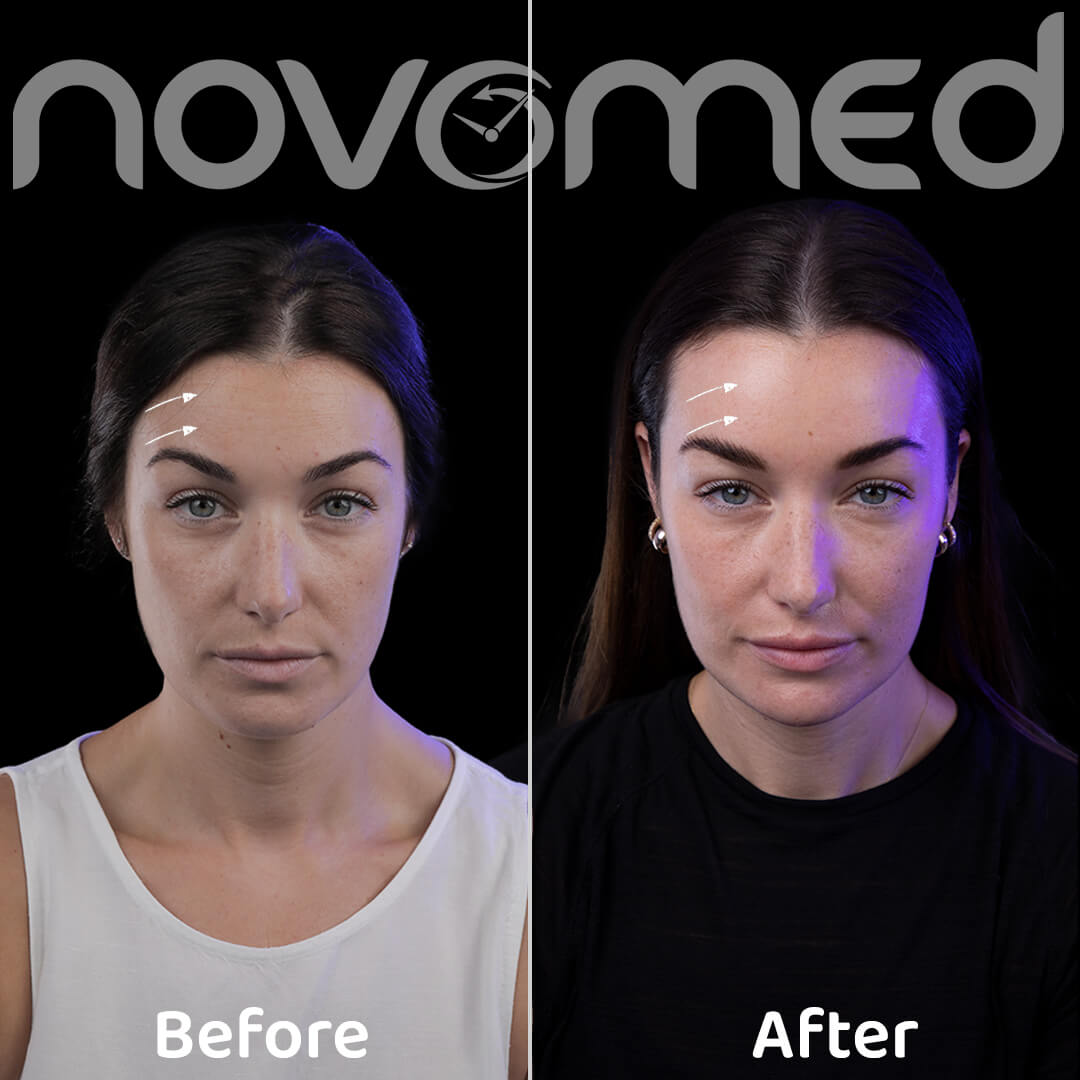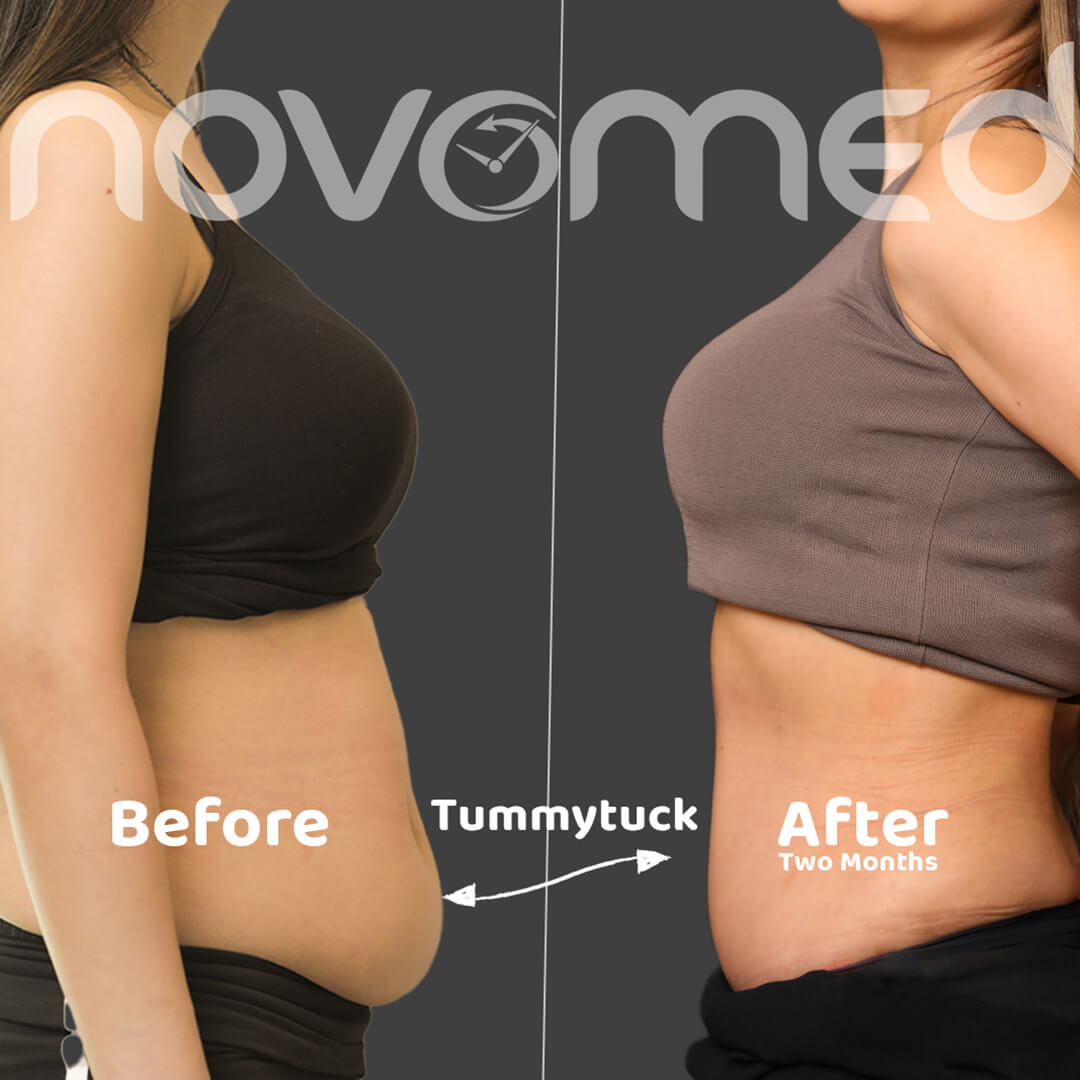Corn and callus are common skin conditions of the feet that can be easily treated.
Corns usually appear as hard painful circular areas often on bony areas of your toes and soles of the feet. Corns are usually a result of rubbing (from shoes) or direct pressure from the way your foot hits the ground when walking. Bad shoes can also make corns worse.
Removing a corn is usually painless, especially if your podiatrist has lots of experience dealing with them. Moreover, the podiatrist can usually give some helpful advice to prevent their return.
Hard skin is normally found on the ball of the foot, around the heels and at the ends of the toes. This is usually caused by rubbing, pressure or friction. Hard skin is usually only a problem when it gets thick or when it splits especially around the heel area. Your podiatrist can remove the hard skin painlessly.
Causes
Given your feet carry your body weight, footwear can make this more challenging if it creates extra friction on areas of your foot. When this happens, your body responds by thickening the surface layer of the skin. These hard patches of skin are called calluses and if the pressure is concentrated in a small area, a hard corn may develop. If not relieved, pressure may cause inflammation resulting in pain, swelling and redness. Soft corn can also form between the toes, where the skin is moister from sweat or inadequate drying.
Everyone is prone to corn and callus, especially elderly who lose fatty tissue and flexibility with age, and those who work in an occupation that keeps them on their feet.
Calluses and corn can be signs of underlying problems and early warning of more complex foot disorders. They can also indicate abnormality or deformity in bone structure caused by ill-fitting or inappropriate footwear.
Treatment
To treat your corn or callus your podiatrist will gently remove the hard skin layers, allowing healthy soft skin to grow on the surface.
To allow for healing and prevent future cases, the podiatrist may recommend soft padding and strapping suitable insoles that fit into your shoes to redistribute pressure on the foot and prevent fraction.
Your podiatrist may also discuss your footwear and how all these options can reduce excessive weight-bearing forces on the foot and provide long-term relief.







